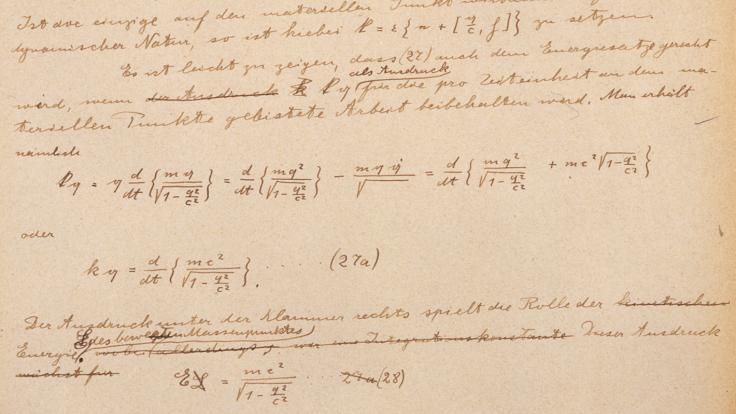EPP2010
The National Academy of Sciences has charged a group of scientists, the "Elementary Particle Physics in the 21st Century" (EPP2010) committee, with "prioritizing the scientific questions and opportunities that define elementary-particle physics." Importantly, half the committe





